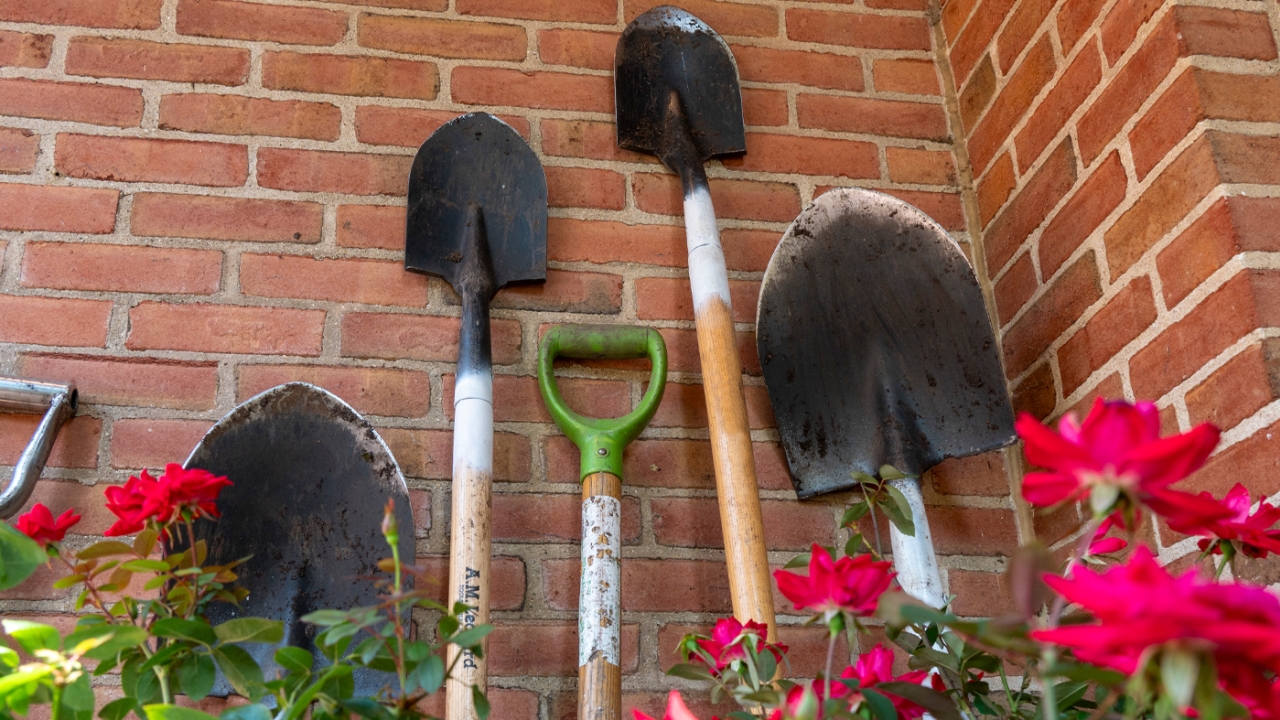

Tips & Techniques
Trees and Shrubs for Spring Color
Eastern redbud (Cercis canadensis)
As the spring season unfolds, spring-flowering trees can raise the show of new color from ground level to eye level and above. Read on for some good choices if you want to raise the bar on spring color within your landscape.
On with the Show
Check Out Our Resources
The spring-flowering trees and shrubs are sound choices for our area's Zone 5 gardens. All but one is considered one of Illinois’ Best Plants — and flowering quince was too gorgeous not to include on a list of great spring bloomers. Actual flowering times vary each year, but plants are shown in the typical sequence.
To experience these plants in full bloom, visit What’s in Bloom.


 (Cercis canadensis) width="1400" height="787">
(Cercis canadensis) width="1400" height="787">


